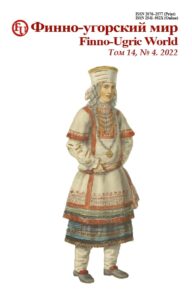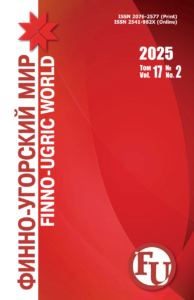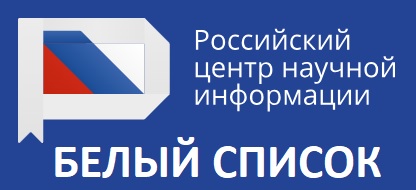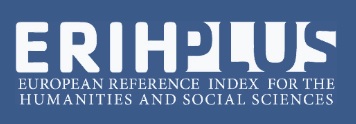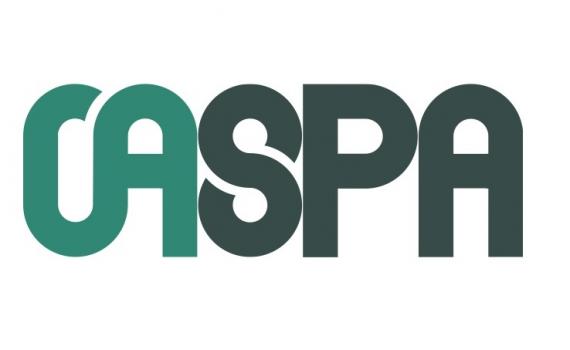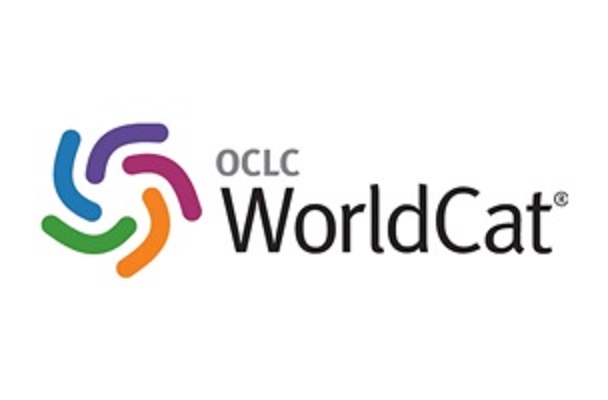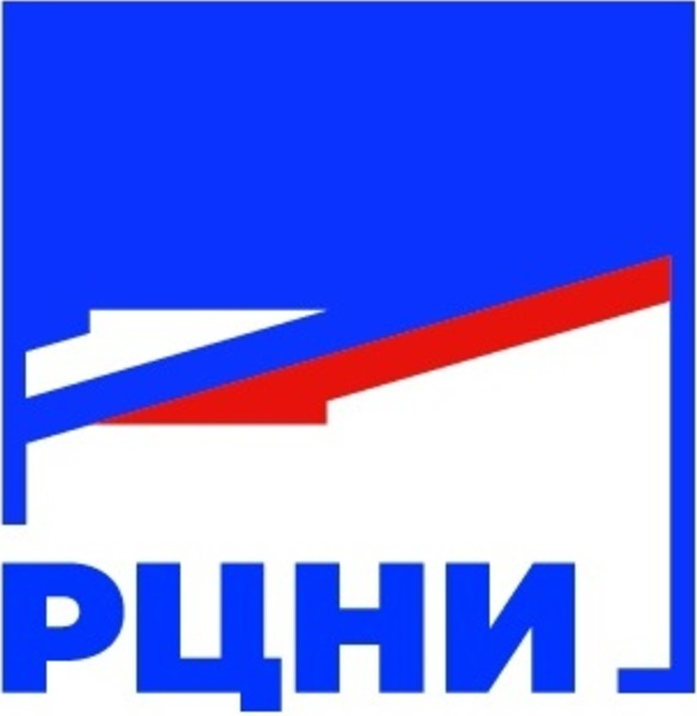Olga A. Bogatova
National Research Mordovia State University,
Saransk, Russia
Anastasia V. Mitrofanova
Institute of Sociology, Branch of the Federal Center of Theoretical and Applied Sociology, Russian Academy of Sciences, Financial University under the Government of the Russian Federation,
Moscow, Russia
Svetlana V. Riazanova
Perm Federal Research Center, Ural Branch of Russian Academy of Sciences,
Perm, Russia
Introduction. The article summarizes the results of a study of social practices and narratives of the commemoration of the victims of mass political repression in the village of Kruglyi (the Republic of Mordovia) that was established as a permanent settlement in the period of collectivization.
Materials and Methods. The theoretical framework of the study consists of social theories of “memory sites” and collective trauma. The method of collecting empirical data corresponded to case study, including observation, in-depth interviews and discourse analysis of media publications. The data were analyzed using the methods of thick ethnographic description and narrative discourse analysis.
Results and Discussion. The article reviews the social context of local commemoration; identifies the main stages and practices of creating a “place of memory” in the village of Kruglyi by constructing a self-made monument of stained oak with a memorial plaque, and its subsequent mediatization. The authors analyze local discourses and narratives of social memory and material aspects of commemoration; regional, identify national and international mnemonic actors, acting as agents of the process of cultural trauma. They reveal and interpret the content of competing narratives of victimization and devictimization of the local community.
Conclusion. Based on the data obtained in the course of fieldwork, the authors deconstruct media of the history of the village and identify two different models of its description. They conclude that these models are conditioned by various models of commemorating social trauma: one is “therapeutic”, focused more on deprivation and the loss of group identity; another one is “macrohistoric”, or in other words based on interpreting trauma as an aspect of social transformation seen as a process containing prerequisites for working the trauma out.
Keywords: “place of memory”, historical memory, social trauma, cultural trauma, thick description, social memory, commemoration, “community of memory”
For citation: Bogatova OA, Mitrofanova AV, Riazanova SV. A Mordovian settlement as a site and community of historical memory: collective narratives and representations. Finno-ugorskii mir = Finno-Ugric World. 2022;14;4:402–417. (In Russ.). DOI: 10.15507/2076-2577.014.2022.04.402-417.
Information about the authors
O. A. Bogatova – Doctor of Sociology, Professor, Department of Sociology and Social Work, National Research Mordovia State University, bogatovaoa@gmail.com, https://orcid.org/0000-0001-5877-7910
A. V. Mitrofanova – Doctor of Political Science, Professor, Leading Researcher, Department of the Research of Socio-Political Relations, Institute of Sociology, Branch of the Federal Center of Theoretical and Applied Sociology, the Russian Academy of Sciences, Department of Political Science, Financial University under the Government of the Russian Federation, avmitrofanova@fa.ru, https://orcid.org/0000-0003-4123-0550
S. V. Riazanova – Doctor of Philosophy, Leading Researcher, Department for the Study of Political Institutions and Processes, Perm Federal Research Center, Ural Branch of Russian Academy of Sciences, svet-ryazanova@yandex.ru, https://orcid.org/0000-0001-5387-9387

